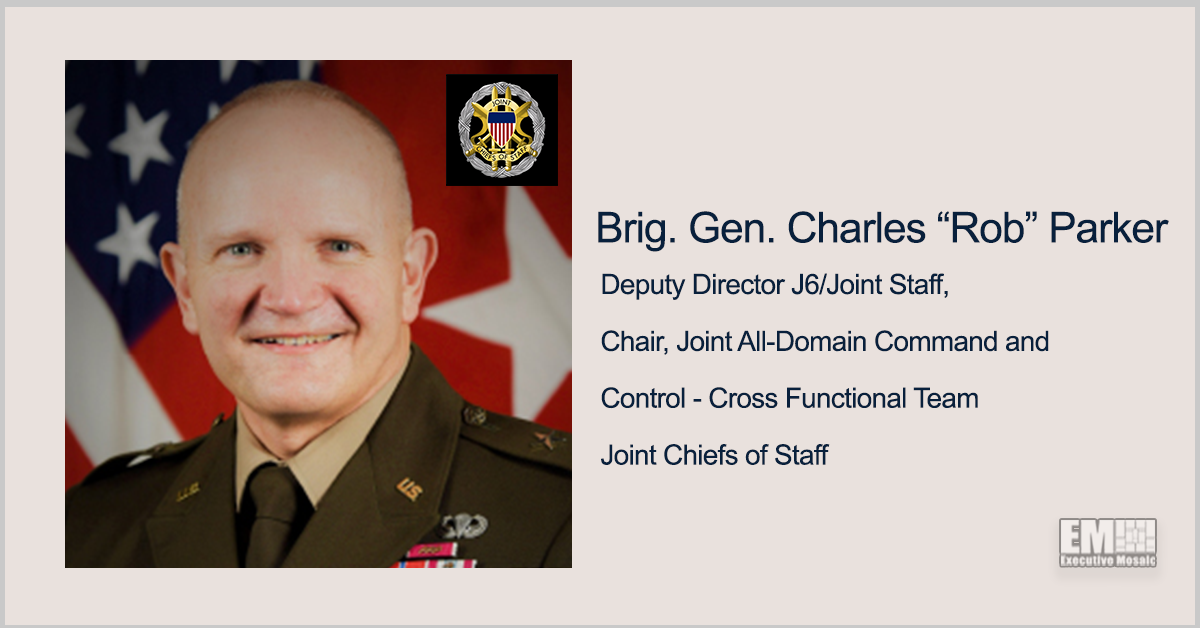The Department of Defense said “integrated deterrence” will be a key component of its National Defense Strategy slated to be released in the coming weeks.
In a December 2021 mission brief on the forthcoming NDS, Mara Karlin — assistant secretary for strategies, plans and capabilities and acting deputy undersecretary for policy at DOD — said the concept of integrated deterrence goes beyond the traditional domains and looks at the nation’s defense strategy in the context of nontraditional warfare.
“The idea of integrated deterrence means that you are integrating across your domains, so as I’m looking at a challenge, how does cyber play into it? How does space play into it?… How do you integrate across domains? How do you integrate across the whole of government?” Karlin said.
Along with integrated deterrence, the strategy is expected to address the country’s plan for winning a strategic competition with other global powers, such as China and Russia, through hybrid and “gray zone” warfare strategies.
The Center for Strategic and International Studies defines gray zone warfare as “coercion below the level of direct warfare,” which can include economic and political coercion, the spreading of misinformation, cyber hacks and provocation by state-controlled forces.
In a recent panel discussion hosted by the Atlantic Council, four-time Wash100 Award winner and former DOD acquisition chief Ellen Lord said, “We think of warfare and conflict as being kinetic,” however, “most of it’s in the gray zone, [like] economic welfare and supply chain security.”
Along the lines of integrated deterrence and offensive gray zone warfare efforts, the Defense Department’s FY 22 National Defense Authorization Act, signed into law in December 2021, authorized $7.1 billion for the department’s Pacific Deterrence Initiative. The PDI aims to improve the United States’ position in the Indo-Pacific region through investments in military capabilities and stronger partnerships with allies.
A significant element of the PDI, and the Department of Defense’s larger NDS, is increasing intelligence and data collection on gray zone adversaries and their surrounding allies.
The U.S. Army selected Booz Allen Hamilton in April 2021 to develop a common data fabric to facilitate data sharing and improve synchronization between disparate or incompatible systems in alignment with the DOD’s Joint All-Domain Command and Control initiative.
Michael Davenport, a senior vice president in charge of Booz Allen Hamilton’s C5ISR business, said the company’s Rainmaker technology would help the Army provide consistent capabilities across multiple environments and domains, strengthening its data sharing and unification efforts.
“Near term the military needs its data fabric to understand data in the current languages those systems speak at the current interfaces the systems support, move that data around the mission space, and present it in formats other systems understand,” Davenport told NextGov. “Longer term, the military needs to update and develop systems as open as possible using modernized data sharing methods.”
The Air Force’s Advanced Battle Management System – the service branch’s component of DOD’s JADC2 – also aims to speed the decision-making process for operators through better and more efficient data collection, analysis and use.
Air Force Rapid Capabilities Office Director Randy Walden said the ABMS would connect weapons systems, platforms and command systems in a centralized network and enhance the service’s enterprise-wide communications capabilities.
“The challenge is taking the data that you want to share — you got to understand it, and how you want to share it — and then write the applications that give you that data quality at the highest level, and compress timelines for those decision makers,” Walden noted of the challenges that persist in this area.

The Air Force’s Randy Walden and Booz Allen’s Michael Davenport will join other federal and industry officials in timely conversation on leveraging data to gain an information advantage and deliver integrated deterrence against global adversaries during the Potomac Officers Club’s JADC2 Series event, Achieve Information Dominance: Counter Gray Zone Warfare Through Unifying Data on Feb. 2.
Brigadier General Charles Parker, deputy director of J6/Joint Staff and chair of the DOD’s JADC2 Cross Functional Team, will keynote the event to share his insights on the roll-out of JADC2 across service branches and the impact the initiative will have on defense agencies’ strategies.
Click here to register now for the Achieve Information Dominance: Counter Gray Zone Warfare Through Unifying Data on Feb. 2.





